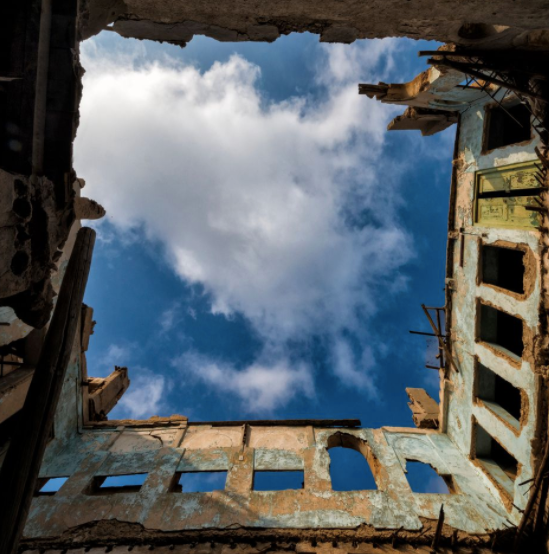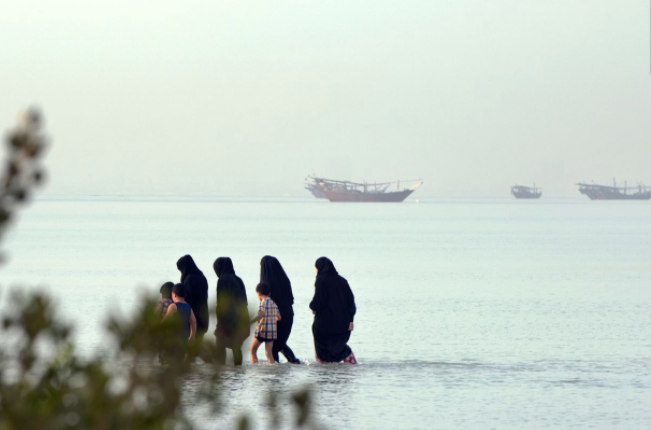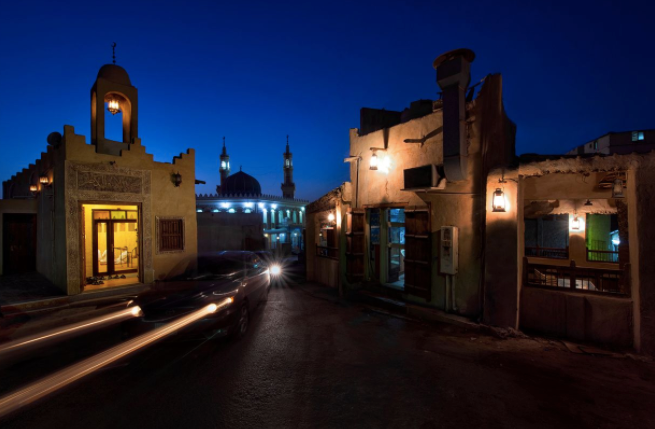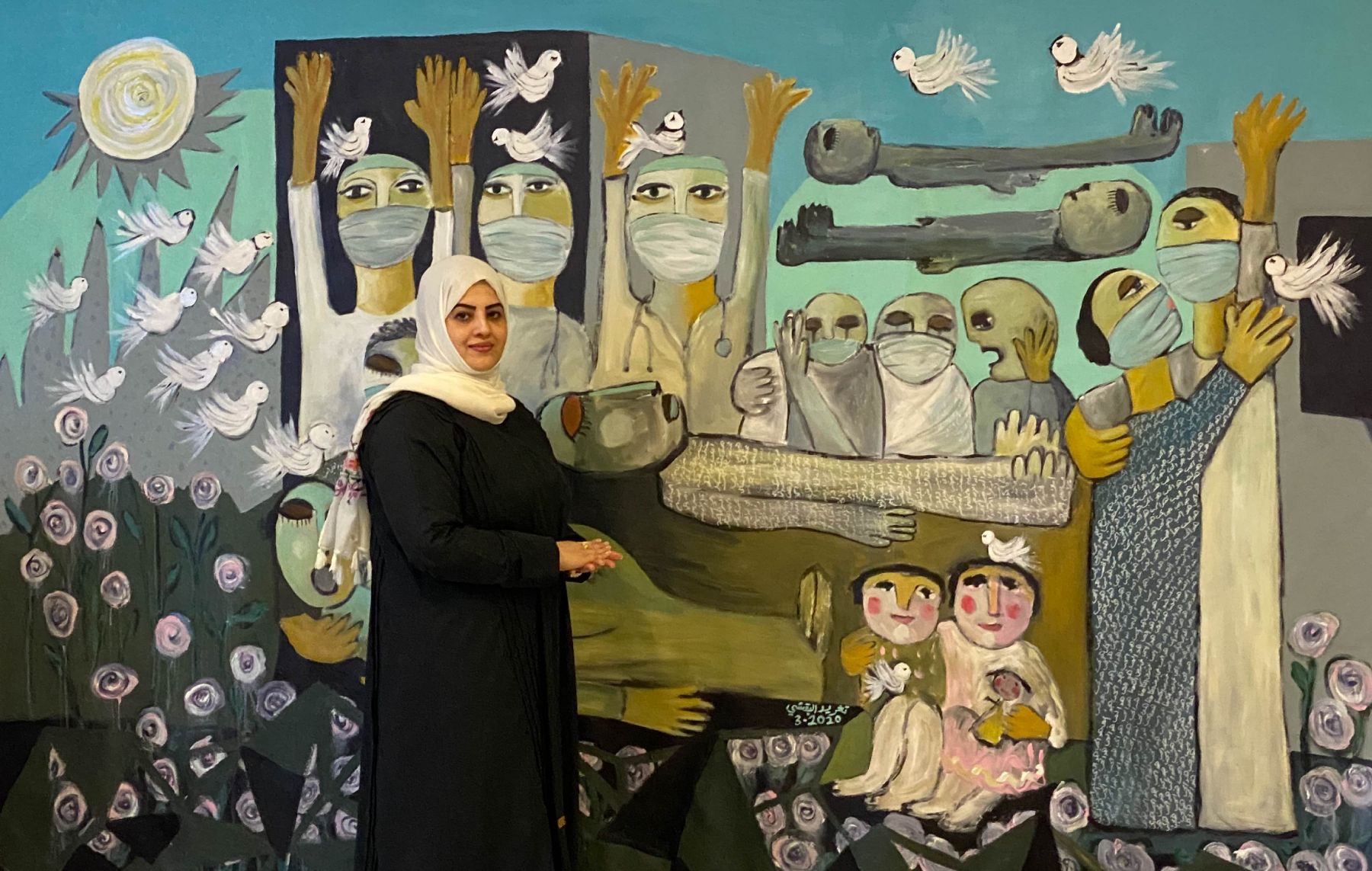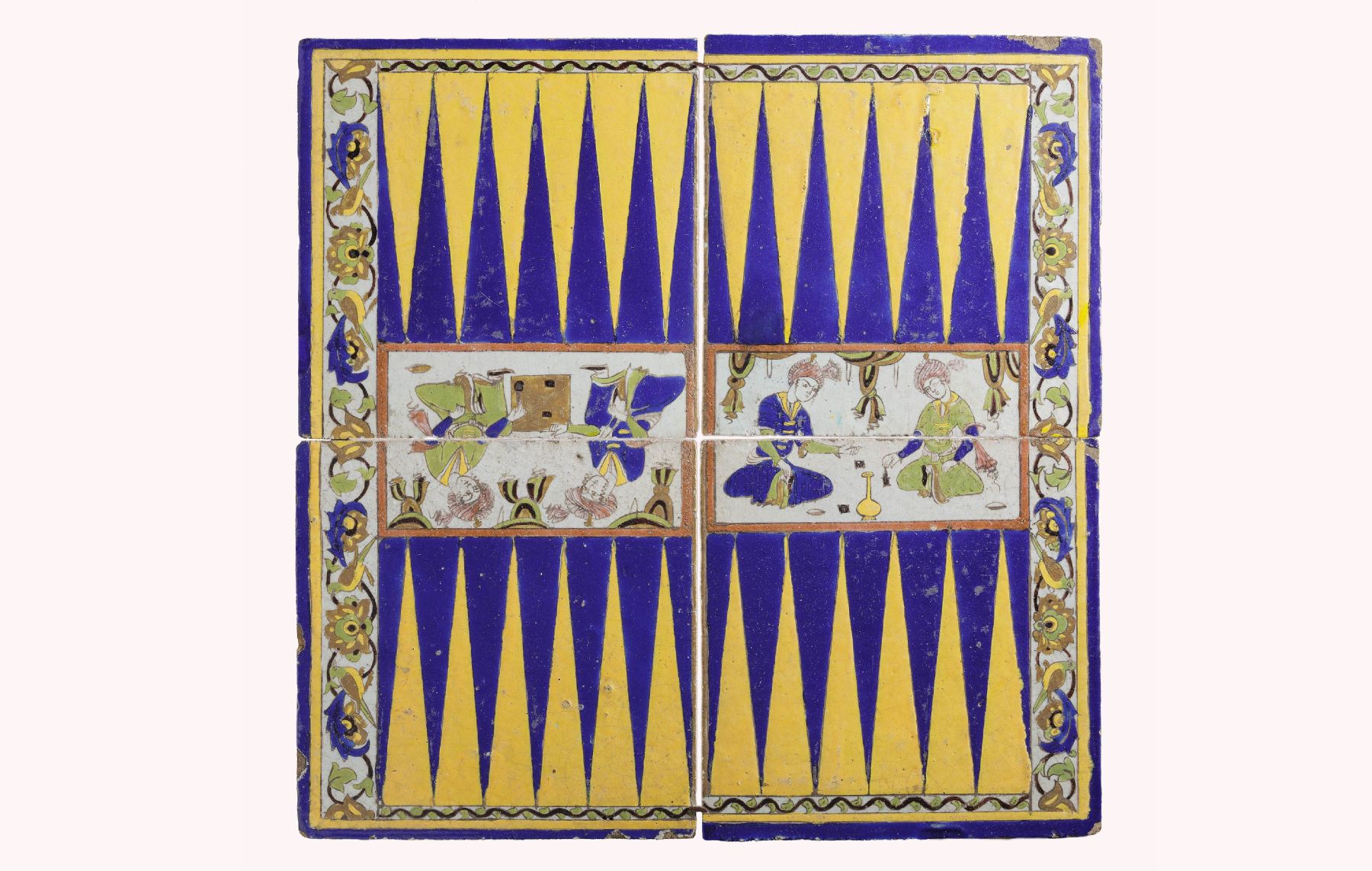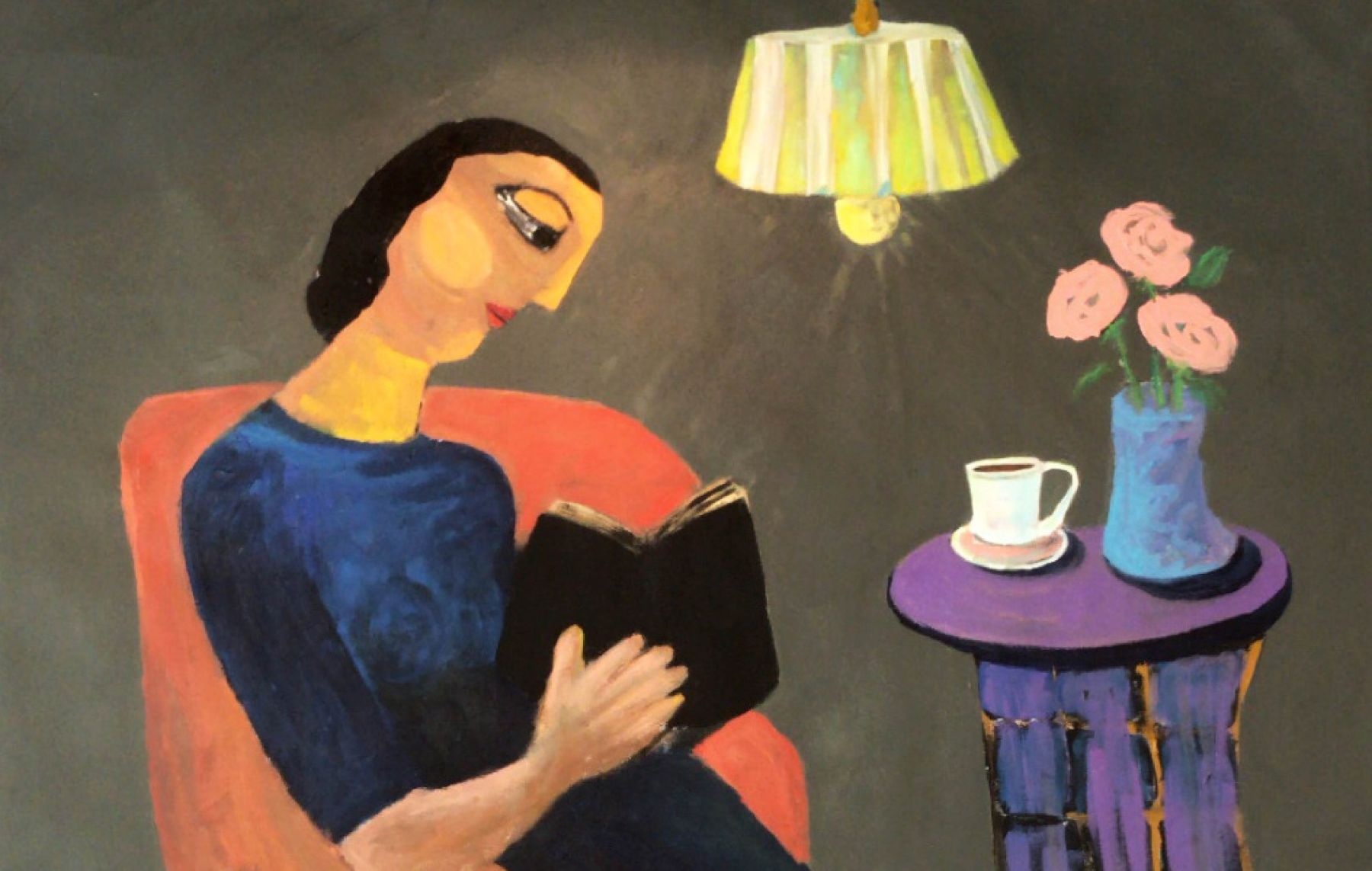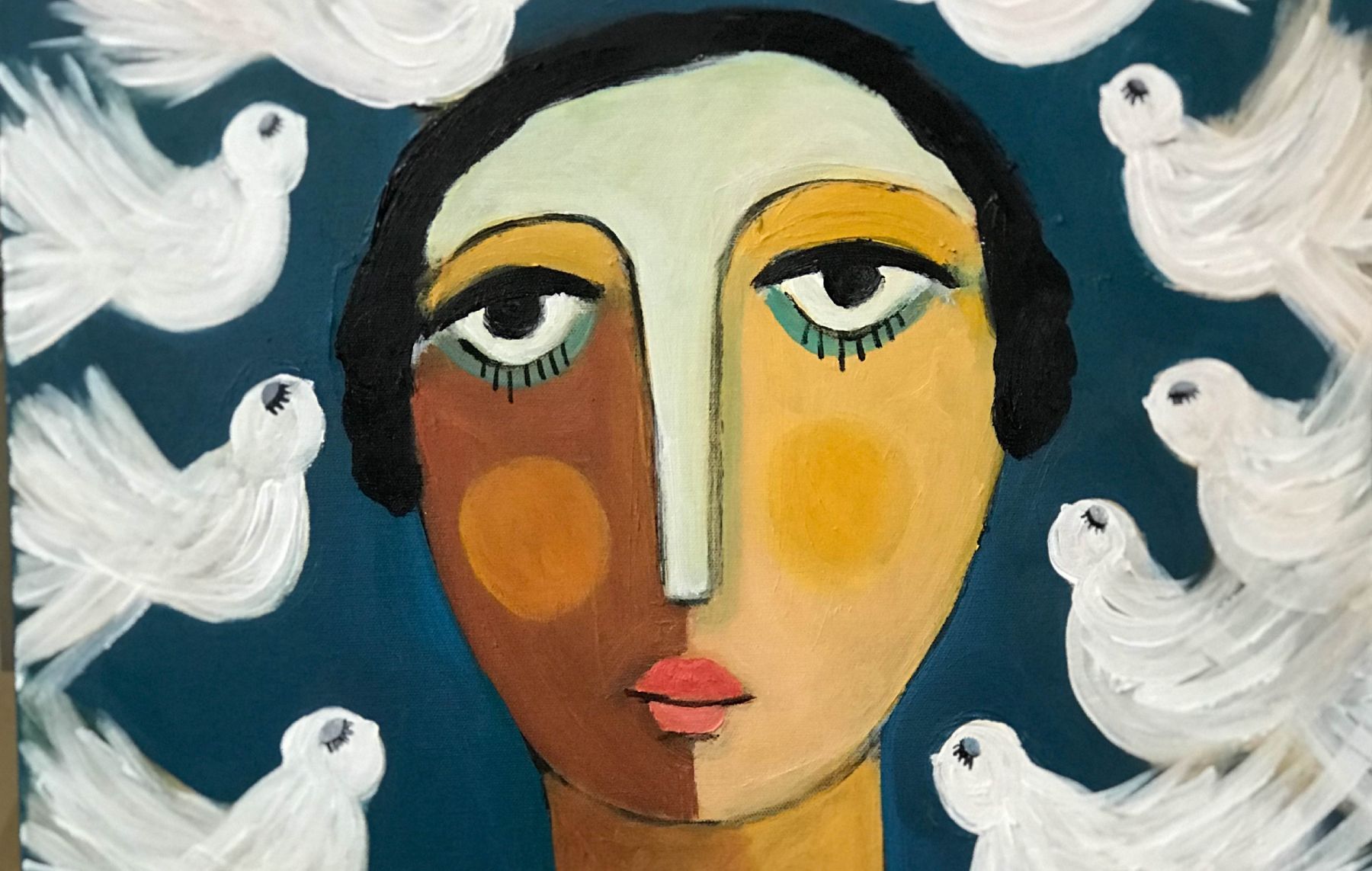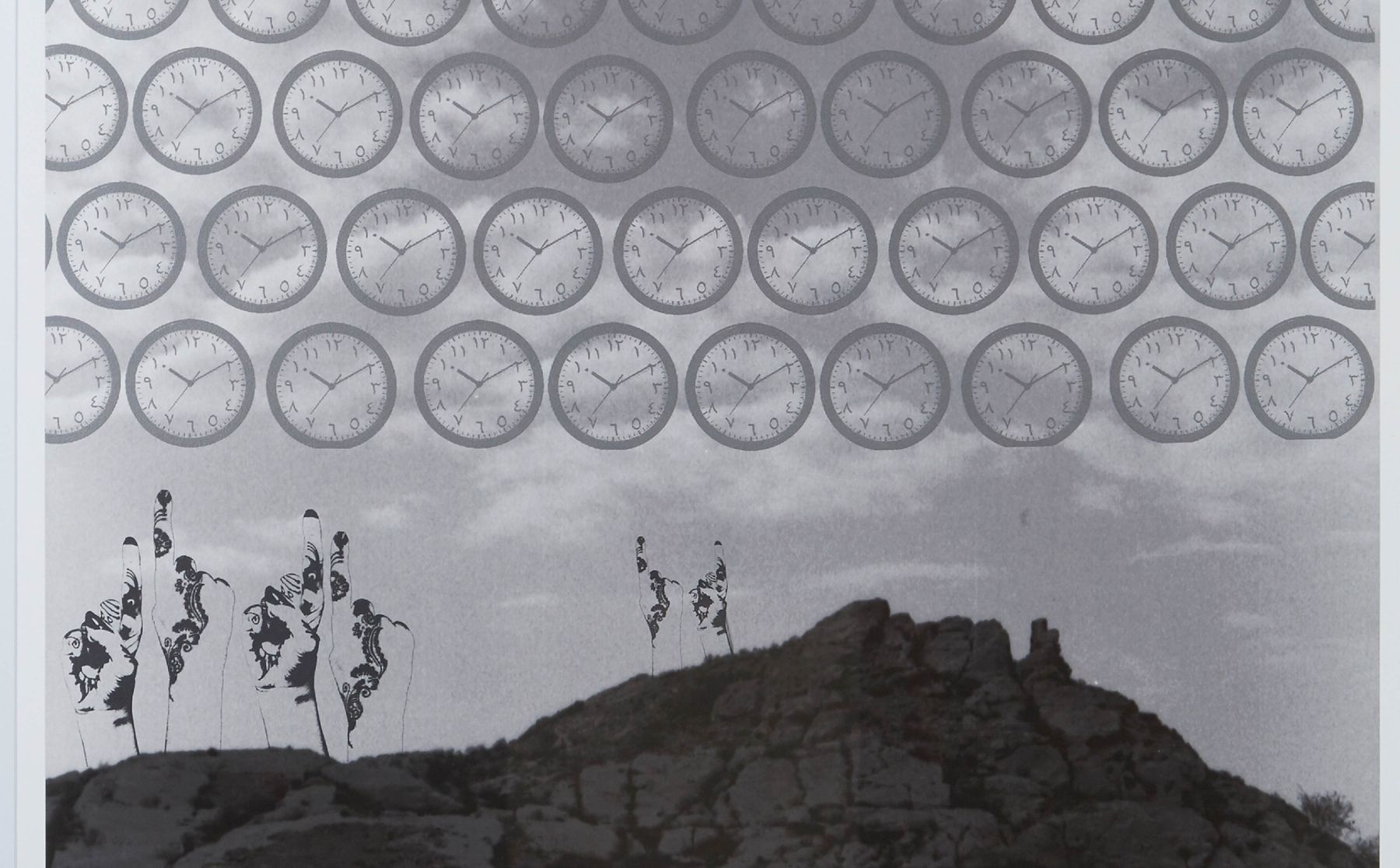Your joyful Terra Incognita
“Tarout goomy telly [Tarut get up take a look] Shoofy elfarah wa elnas [see the joy and people] Shoofy me’resna Hussain [see our groom Hussain] Marfoo’a fog elras [held up on the head]”
— A traditional celebratory song chanted by people behind the groom as he leaves the wedding hall.
Just off the coast of Qatif in Saudi Arabia’s Eastern Province, is an island of many legends and small joys: Tarout Island.
PHOTOS: Tarout Island gems to discover, photos by Mohammed Al-Kharari, from Tarout Island.
Over 70 square kilometers in size, and one of the longest islands in the Arabian Gulf, it is believed to be one of the oldest sites inhabited by humans on the Arabian Peninsula. The island is also believed to have taken its name from a Mesopotamian goddess, Ashtar or Eshtarut —the goddess of love and war. Linked to the ancient civilization of ‘Eshtarut,’ this island was once the heart of the Dilmun Kingdom, a civilization that ruled Arabia’s trade routes more than 4,000 years ago. As someone born and raised on this historic island, I take great pride and pleasure in strolling throughout the island’s natural gems and rediscovering its deep and wealthy past. In the past, generations after generations worked in farming, fishing, pearling and trading, and the rest practiced a variety of crafts and professions. The island served an important economical factor throughout the history of the region due to its special location and the production of its people. Historians such as Ali Al-Hammad contends that Tarout Island is the first inhabited area in the Arabian Peninsula.
The oldest part of the island that is worth visiting is an old town called Aldeerah. It is crowned with the famous ‘Tarout Castle’ on top of a hill that can be seen from a far distance. The surviving three towers of the castle are unique and capture the place's story. Thought to date back to 5,000 BC, the castle’s time-weathered walls have seen the rise and fall of multiple empires. Throughout history, Tarout Castle, located in the middle of the island, has always been a focal point of interest. The towers allow a 360-degree visitor view of the island’s surroundings, reaching to the opposite side of the coast. In the middle of the castle there is a very famous water spring called ‘Eain Alawda,’ which means ‘the big spring.’ If you did not try a cannonball style jump into that water, like I did, you absolutely missed a big fun part of your childhood…especially if you knew that there is a Jinn (genie) called Da’aid’e who lives under that water! Yes, scary stories are part of the storytelling art that the people of the Island are famous for. Our connection with the past is a universal human characteristic. It provides a sense of be-longing, along with facilitating a unique sense of revival and assurance. There is something about visiting your history and your very own experiences that is emotionally empowering.
A great experience is a moment that is very crisp and ready, it sits just right there, by the edge of one’s mind, waiting to be recalled. Each individual has his or her own rituals in creating or reliving an experience. In my case, I simply drive over to Tarout and relive moments. Year after year I learn new facts about the island of my heart, and get to know it even more. Growing up in such a place makes the love of discovery a habit. The natural scenes, landscapes and seascapes take up a large part of my memory. Every time I see a row of lush palm trees, I remember Tarout—an Island full of greenery and sweet water springs. Simply walking in Aldeerah and enjoying its unique architecture built from coral stones and decorated with local plaster, gives you a break from all the current life tensions and connects you to a simpler time. The narrow roads, people gathering to drink traditional coffee at Algahwa cafe, or drinking tea and discussing latest news, adds a sweet human factor to that moment. A variety of locations are reachable within minutes and not to be missed, such as visiting the fresh fish market, or a place called Dareen; my father’s favorite place for meditation. At Dareen one sees the fishing seaport and the row of brown dhows resting along the water. Next to it is the eastern beach, locally known as the White Sand Beach, a popular place not just for the residents of the island, but also for visitors from Qatif to watch the beautiful sunrise or enjoy the breeze at sunset. The best time to visit is early morning, to enjoy the sunlight reflecting on the face of the water which creates a breathtaking palette of colors. When you are there, be ready for surprises. The sight of Arabian horses trotting by the edge of the water is very common. Horse owners bring their horses to be trained in the water. Tarout Bay is also surrounded with a green landscape of mangrove trees. Those treasured salt tolerant shrubs are very special since they form a crucial habitat for various fish. Covering the eastern and the northern sides of the island, these mangrove forests are another pleasant invitation for discovery and unforgettable memories. I promise you, you will never forget your visit to Tarout Island, an island of many joyful moments and unforgettable experiences.
Written by Guest Contributor:
Dr. Kumail Al-Musaly, an artist from Tarout Island.


